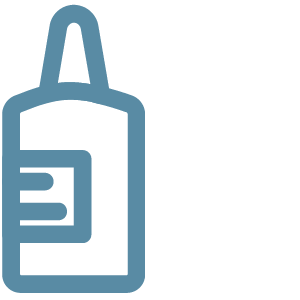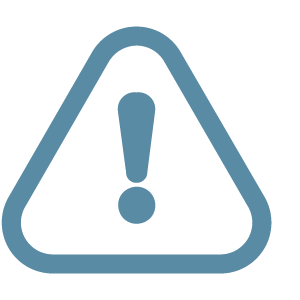
To break down acne-causing blockages in the skin

Burning sensation, redness and general skin irritation. See product packaging for full details

Causes skin sensitivity to sunlight. See product packaging for full details and other warnings
Azelaic acid is an acne treatment which is available over the counter, without having to see a doctor, as well as being available through a prescription from your healthcare provider.
Azelaic acid is a chemical exfoliator. Exfoliating is a way of removing acne blockages that have already formed within your hair follicles, such as whiteheads and blackheads. It is also a way of removing trapped skin cells, oil, cosmetics and other follicle-blocking substances from your skin, reducing your risk of developing acne in the future.
It is common to find azelaic acid in 10% concentrations in over-the-counter products and 20% concentrations in prescribed products. It often comes as gels or creams.
Azelaic acid works in a similar way to alpha-hydroxy acids, by penetrating the skin and breaking up acne-causing blockages. It is generally not as effective as the other chemical exfoliators but it is much gentler on the skin and is a last resort when other treatment options won’t be tolerated.
Azelaic acid also kills the bacteria known as P.acnes, which help to cause inflammation and pus formation in acne.
Side effects of azelaic acid include burning, redness and general skin irritation. To help reduce the risk of side effects, apply azelaic acid a few days a week to begin with and then gradually build up to daily use. Please see your product’s details for full instructions and warnings.
It is important to remember that most acne treatments take time to work. If you are trying azelaic acid it is advised that you continue the treatment for at least twelve weeks before deciding whether or not it has worked for you. It is also advised that you continue to exfoliate even after your acne symptoms have improved. The skin sheds its top layer every twenty-eight days and acne problems may reoccur if the treatment has been stopped.
Treatments that contain azelaic acid are often used as part of a wider acne treatment regime. These regimes involve using acne treatments and sometimes other products in an organised way with the aim of maximising the treatment’s effectiveness. It is important to remember that not all acne treatments can be used safely together and that you should seek the advice of your pharmacist or healthcare provider before starting or combining any treatments. Click here for an example of an acne treatment regime.
Please note that over-the-counter treatments are unlikely to be effective against severe acne. That is acne that consists of many lesions covering an area, with cysts and nodules being present, and is often scarring. If you have acne that has lasted for several weeks and is getting worse, is leaving scars or is affecting your mental health then you should arrange to visit your GP.